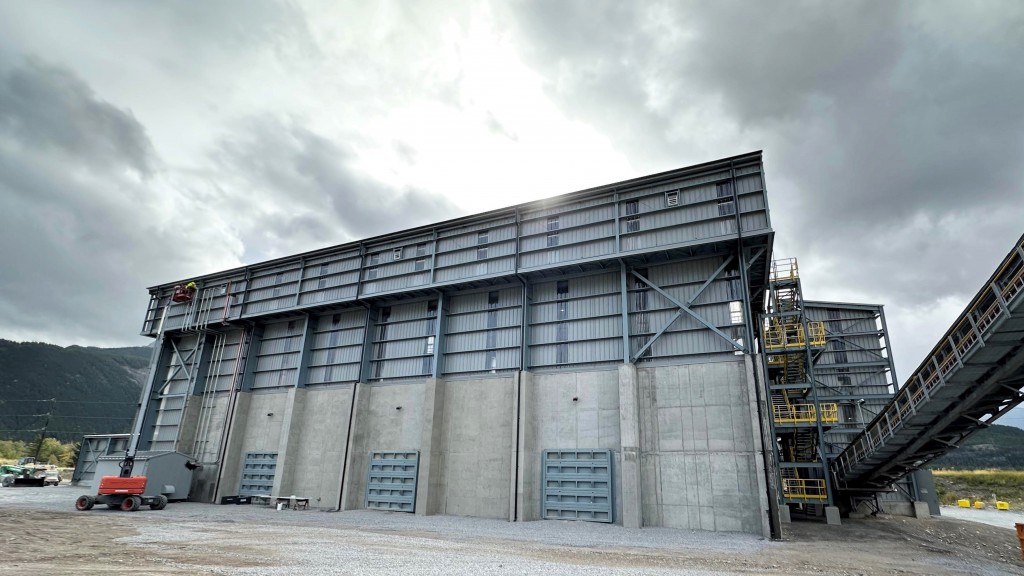Lafarge’s new low-carbon fuel facility utilizes energy produced from C&D waste to help meet Canada’s net-zero goals
The LCF facility aims to replace up to 50 percent of natural gas use from one of its kilns with alternative thermal energy

Lafarge Canada Inc., a member of Holcim Group, has officially commissioned its Low-Carbon Fuel (LCF) facility at its Exshaw cement plant in collaboration with Geocycle Canada. The $38 million facility will reduce the plant's reliance on traditional fuels. Up to 50 percent of natural gas used for one of its kilns will be replaced with alternative thermal energy produced from construction demolition waste, primarily discarded wood that would otherwise end up in landfills and emit methane.
What this new facility means for Lafarge and Geocycle
To mark this milestone, Lafarge and Geocycle hosted a ribbon-cutting ceremony, attended by local leaders and key stakeholders.
"Our commitment to building a sustainable future is at the core of everything we do," said Brad Kohl, president and CEO of Lafarge Canada (West). "The LCF project is a prime example of how innovation and collaboration can drive positive change, lowering our environmental footprint through the use of waste biomass materials while closing the material loop to conserve natural resources."
Geocycle Canada, also a member of Holcim Group, is responsible for co-processing the C&D waste into low-carbon fuels. This method ensures no residue is left behind, offering a fully integrated solution. The materials are carefully selected and processed to maintain high safety and quality standards.
Why is this project necessary?
"Alberta is showing the world you can reduce emissions while growing the economy at the same time. We are proud to support this announcement as another way our province is reducing emissions and creating good jobs for Albertans for years to come," said Rebecca Schulz, minister of environment and protected areas.
This new facility was made possible with $10 million in funding from Emissions Reduction Alberta (ERA) through the Government of Alberta's Technology Innovation and Emissions Reduction (TIER) fund.
"Advancing technology solutions that will help keep valuable materials in the economy and out of landfills makes good environmental and economic sense," said Justin Riemer, CEO of Emissions Reduction Alberta (ERA). "Our hope is that any positive results or lessons learned will encourage others in the cement industry to do the same, giving this investment a greater, far-reaching impact."
About the LCF facility
Following the success of Lafarge's Brookfield cement plant announcement in September, this initiative is a key part of Lafarge Canada's broader sustainability strategy and is supported by the Government of Canada's Low Carbon Economy Fund and grants from the Province of Alberta.
The Exshaw plant is on track to become one of Canada's most carbon-efficient cement facilities, setting a new industry benchmark for low-carbon technologies. Currently a main supplier of cement across Canada and the Pacific Northwest of the United States, the plant supports major infrastructure projects while advancing Lafarge's coast-to-coast sustainability efforts.
The LCF facility is projected to divert up to 120,000 tonnes of construction and demolition waste from landfills each year, reducing CO2 emissions by as much as 30,000 tonnes annually. Sourced from partners like ECCO Recycling, these materials contribute and align with Canada's net-zero goals for 2050.



